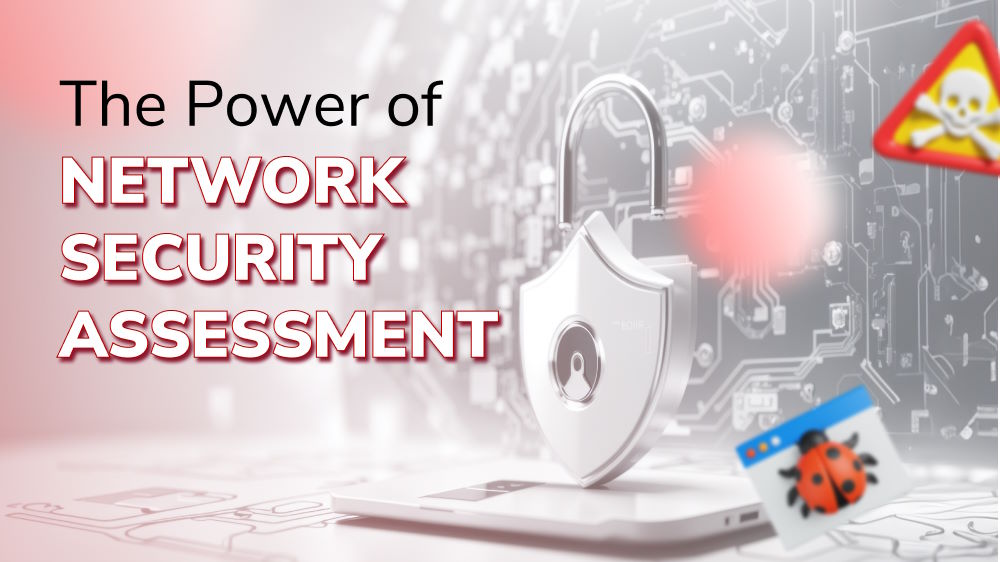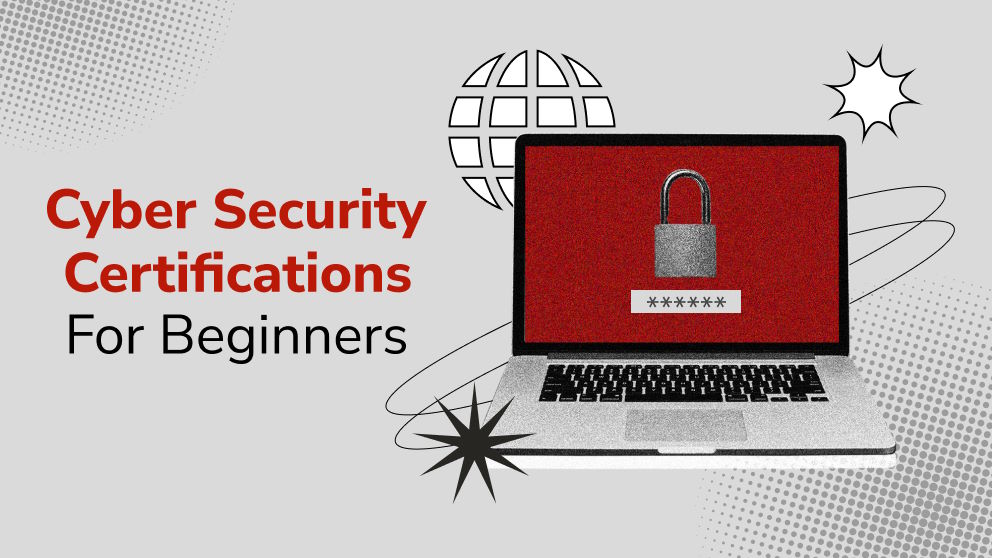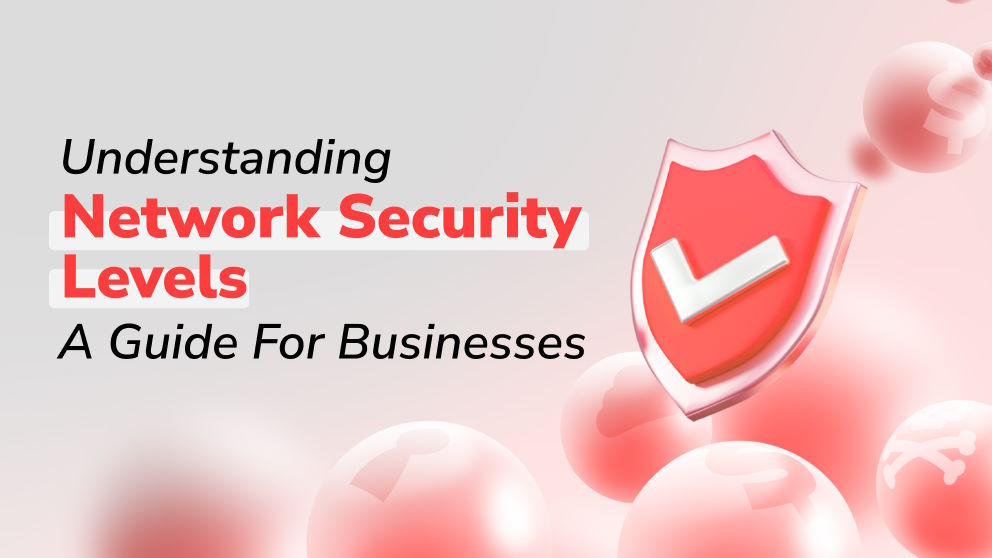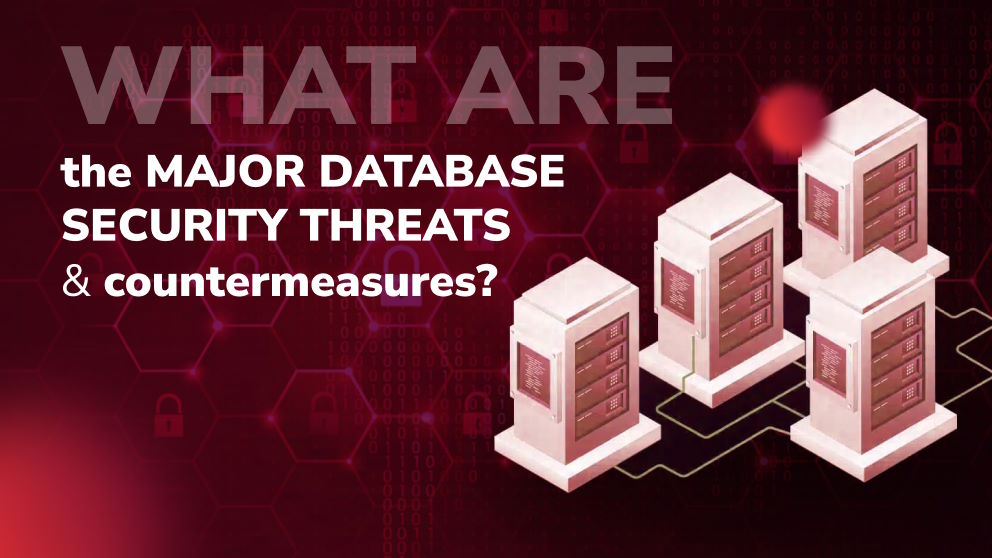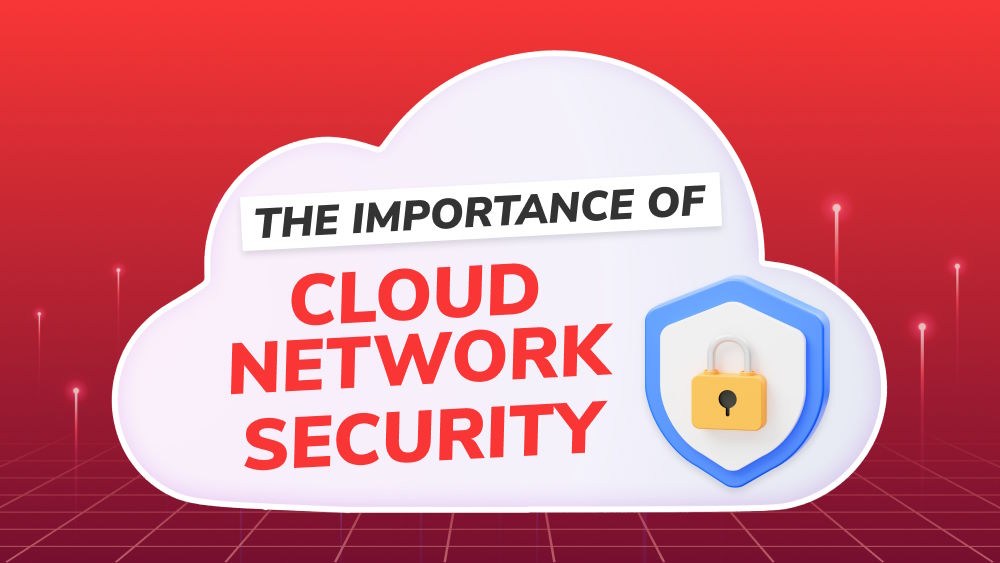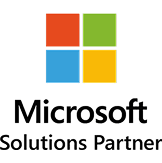The Main Security Issues in Cloud Computing for Businesses
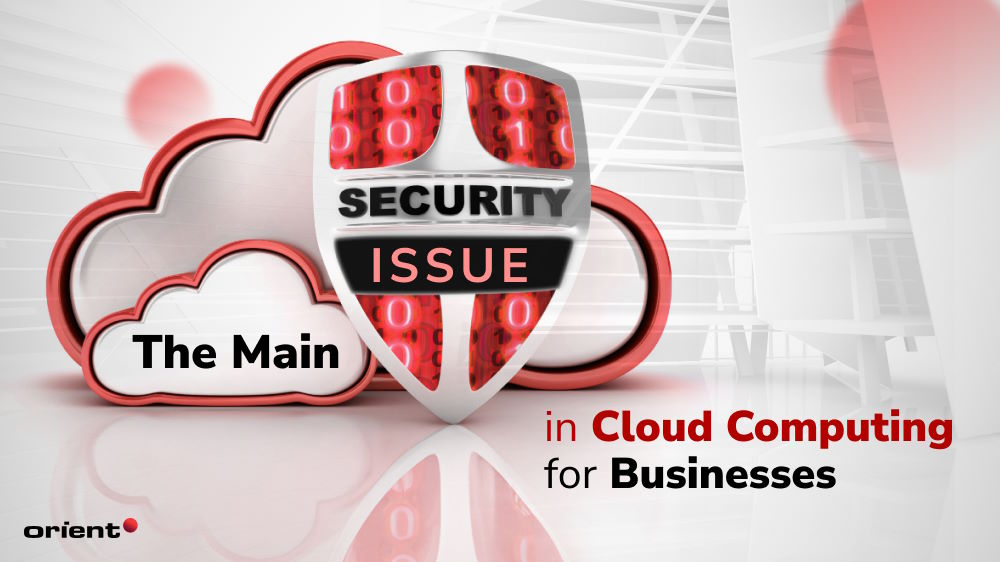
Content Map
More chaptersThere is no doubt that cloud computing is one of the greatest innovations of the 20th century. By eliminating the need to have physical onsite data centers and servers, companies can instead store their data on external servers – otherwise known as the cloud – in order to access data and applications over the internet. This means they can upload and access their files virtually anywhere in the world where there is a stable internet connection, on any device, at any time, and without the need to maintain physical infrastructure.
However, despite its convenience and flexibility, there are numerous cybersecurity risks that are unique to cloud infrastructure. Resolving these cybersecurity issues requires taking a dedicated approach in order to safeguard businesses against data breaches, leakage, and theft. Here are the main cloud security issues in cloud computing that you should be aware of and what you can do to protect your business.
Why Is Ensuring Security in Cloud Infrastructure So Difficult?
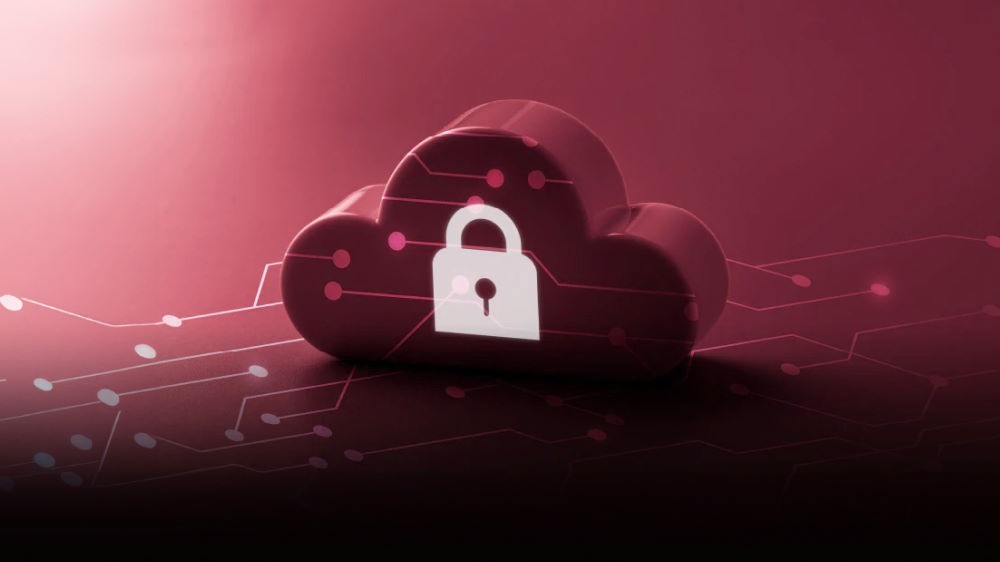
The superpower of cloud computing indeed offers businesses numerous benefits, but it also comes with its own set of security challenges. In an environment where everyone has access, if authorized, cloud computing introduces unique security challenges that differ from traditional on-premises ones. Here’s an explanation of the distinctive security challenges posed by cloud computing.
Multi-cloud Security Issue
While multi-cloud strategies provide businesses with countless benefits, such as avoiding vendor lock-in, diversification, and leveraging specialized services, they also contribute to the difficulty of handling security aspects across disparate cloud environments. In order to host applications and data, businesses often use not just one but many cloud service platforms at the same time. This unintentionally leads to challenges in maintaining consistent security postures and enforcing universal security policies for the entire system, as each provider requires a unique set of security tools as well as compliance requirements.
Shared Responsibility Model and Complexity
Cloud computing is developed with the main purpose of shared responsibilities between cloud service providers and their customers. Unfortunately, it also gives rise to potential security issues and challenges. The causes of this problem may vary, mainly revolving around user factors.
The delineation of security responsibilities between parties can sometimes lead to gaps or overlaps in security coverage. Ineffective communication causes certain aspects of security to be assumed to be the other party’s responsibility, leading to potential vulnerabilities or oversights. Moreover, not all users involved in a specific cloud environment have enough expertise or awareness to implement robust security measures. The consequences of all the above factors are misconfigurations, weak access controls, or inadequate patch management, potentially exposing the cloud to security threats.
Dynamic Nature of Cloud Environments
Cloud environments are inherently dynamic, with resources being modified, provisioned, and de-provisioned at a rapid pace. You cannot imagine the sheer number of resources being added or removed every second. Seamlessly empowering more users, integrating with third-party services, cross-cloud communication, and data transferring between various cloud applications expands potential points of vulnerability and attack surface of entry for malicious actors. All explain why this dynamic nature introduces difficulties in maintaining visibility across constantly evolving cloud infrastructures, requiring agile and adaptive security measures.
Top Cloud Security Risks in Cloud Computing and Expert Solutions to Overcome Each

Inadequate security is a lucrative prey for individuals with malicious intentions. With the advancement of technology, cybercriminals have hundreds of ways to attack your company’s data, especially when it is stored in the cloud environment. Below, we list some prominent cloud computing security risks and solutions for each to protect sensitive data more effectively.
1. Misconfigured Security Settings
There are many factors that determine the quality of your cloud security. These include your choice of cloud service provider, your choice of a private or public cloud, your level of password protection, how well your staff is trained in cloud security practices, and more. Together, these contributing factors can have a major impact on the vulnerability of your cloud security.
Unfortunately, misconfigured settings can pose many cloud security threats to your business. For instance, an unrestricted outbound port can create an opportunity for hackers to perform data exfiltration, which is the unauthorized transfer of data from a computer to other devices. Insecure automated cloud backups are another data security vulnerability. This occurs when your cloud backups are not encrypted, whether at rest or in transit, thus giving hackers the chance to attack during these moments.
Expert Solutions: Developing cloud security policies and templates is a great way to ensure your cloud security settings are consistent and meet your unique business requirements. Automating your security and configuration checks is another way to stay on top of your cloud security and address any potential cloud security risks before they cause any major problems.
2. Unauthorized Access
These days, more and more companies are relying on outsourcing external workers, such as contractors and freelancers, to fill the skill shortages that exist in their in-house teams. Depending on the role of these external workers, they may need to access sensitive company data to perform their jobs correctly.
However, this working arrangement can increase the risk of an unauthorized third-party breach, especially when the contractor or freelancer in question successfully steals, leaks, or modifies the data to suit their own purposes. Worse still, it can be difficult to detect when a third-party breach has been carried out when the act was not carried out by a permanent team member.
Expert Solutions: One of the best ways to avoid this main security issue in cloud computing is to enforce access controls. These are rules, guidelines, and settings that determine the different levels of permissions and access that external workers have regarding identity and access management.
For instance, an external worker may only be permitted to gain surface-level access to the essential data they need to perform their job correctly but not be able to access deeper, more sensitive data. However you wish to incorporate access management into your business, be sure to regularly review your access controls so they are up to date, especially if an employee is promoted to a new role or leaves the company entirely.
3. Sharing of External Data
One of the greatest advantages of cloud computing is the ability to seamlessly share data across the public internet. By simply sharing a URL link, you can permit access to an internal or external staff member or a member of the general public, enabling them to view and, in some cases, modify the data. However, depending on the type of data being hosted, this benefit can quickly turn into a disaster if the data falls into the wrong hands.
Many cloud-based platforms, such as Google Docs, let their users invite collaborators via email or gain access to a file with a URL link. However, due to the nature of public link sharing, there is a risk the person on the receiving end could accidentally share the invite or URL link with someone else, who could then view or modify that data however they wish.
Expert Solutions: Fortunately, many cloud service providers and platforms have measures in place that limit who can access collaboration invites and URL links. For example, when you opt to share a Google Docs link, a pop-up window appears that lets you decide if either anyone can access the URL link or only a select few. You can also decide whether the permitted individuals can only view the document or also edit and modify the document.
4. Malicious Insiders
Unfortunately, even under the best of circumstances, there is always a risk that in-house staff could have malicious intent and compromise the security of your cloud system. When it comes to the cloud, preventing malicious acts from the inside can be incredibly difficult.
Why? Because it is hard to know when an employee, regardless of their role, position, and day-to-day duties, will gain authorized access control to the cloud and commit a major cyberattack. Such malicious acts can be performed by not just current employees but also former employees and external contractors, freelancers, and visitors.
Expert Solutions: One way to prevent a malicious insider act is to have strong cloud security threat systems, practices, policies, and procedures in place. This ensures that every employee who accesses the cloud understands what they can and cannot do, why this is the case, and what the consequences are if they commit a malicious security breach. Furthermore, having these control measures in place can make it easier to detect abnormal behavior from your employees and respond accordingly before a malicious act takes place.
5. Improperly Trained Staff
When it comes to identifying the main security issues in cloud computing infrastructure, staff are often the weakest link. A staff member may interpret a phishing email scam as a legitimate source and accidentally share their login credentials or financial details. They may accidentally share a URL link with a team member but forget to limit access to the URL, thereby making it possible for anyone on the public internet to access the link.
These kinds of slip-ups, no matter how minor, can pose major consequences for your company if you are not careful. This is why it is important that you properly train and educate your staff on cloud security best practices. This training should extend to your external staff as well, including contractors and freelancers. This way, you will have peace of mind knowing that your staff knows how to detect a potential threat, report the matter to the relevant personnel, and have the issue rectified.
Expert Solutions: There are many ways to train staff in identifying cloud security threats. One such example is sending fake, simulated phishing emails to staff and then seeing if they can identify the tell-tale signs of a fake email. For instance, while the email may claim to represent a legitimate business, if an employee can spot the signs of a fake, such as made-up contact details or inconsistent use of language, they may be able to avoid falling into this trap and accidentally sharing sensitive company credentials.
Make Cloud Security a Priority in Your Business
Any organization that relies on the cloud to operate its business should take security seriously. While some of this responsibility is shared with the cloud service provider you choose, nonetheless, it is vital that you have measures in place to ensure that your data is safe and easily accessible but also protected from malicious hackers.
Striking the right balance between accessibility (one of the major conveniences of cloud computing) and security (the measures you put in place to protect your data) can be difficult. But, by investing the time, resources, and labor into setting up a strong foundation for cloud security – i.e., multi-factor authentication, password protection, access controls, daily backups, and more – you can relax knowing that your company data is safe.
Whether you are transitioning to the cloud or need help with overcoming the main security issues in cloud computing, contact Orient Software today.
As one of the trusted cloud providers, Orient Software’s cloud computing expertise can be proven through various testing methodologies, combined with our skilled vendor-agnostic resources, which, all in all, make us your most appropriate candidate for cloud services. We can provide you with a custom cloud computing solution that is scalable, secure, affordable, and easily accessible, providing everything you need to take advantage of the unique benefits of cloud computing while ensuring that your company data is safe and secure.

